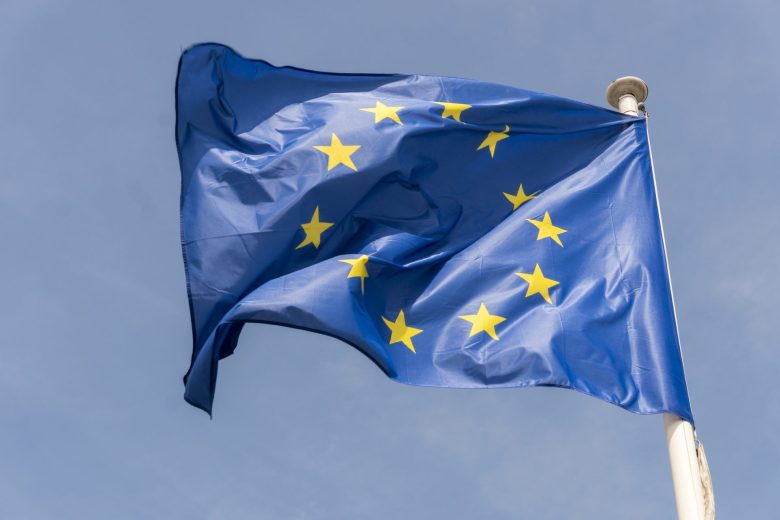“EN”, the little acronym that simplifies life for all Europeans

Finding the right recharging point for your electric car, making sure your picnic plates are made from compostable bioplastics, knowing how to wrap works of art to save them from a burning cathedral… Far from poisoning the lives of Europe’s citizens, European standards make their daily lives easier. At least the voluntary standards, those with the “EN” logo! Explanations, on the eve of the European elections at the end of May 2019.
On May 26 and 27, the citizens of the 27 member states of the European Union will be called upon to elect their MEPs. Their mandate will be to amend, negotiate and adopt directives and regulations, the equivalent of our laws and decrees. This is the world of compulsory texts, voted by political majority, sometimes in co-decision with the European Council.
What is a standard? Please note that several answers are possible!
Alongside this body of legislation, there is another set of texts, also valid throughout Europe, but without the stamp of coercion or political color: voluntary standards. One thing needs to be re-established here: “standard” is not a term that has been used so loosely as to be associated with the idea of a jungle or overbidding, by dint of being confused with the innumerable measures deriving from a directive or regulation (for example, the “anti-pollution standards” for our cars). Voluntary standards are in fact practical documents, rules of the game defined by market players on their own initiative. The proof is in their mobilization to achieve this: 19,000 professionals, representatives of administrations, trade unions, local authorities and consumer associations in France are involved with AFNOR in these projects, which are co-constructed in the general interest, based on consensus. Sometimes based in France, today they are mostly international (ISO standards), but also European: in this case, the standards include EN in their title. And it’s these same norms, translated as “standards”, that are behind all the products and services that are freely available in the EU… for the comfort and safety of the user.
France’s commitment
France is second only to Germany in the ranking of countries most involved at European level, and is actively involved in the development of European standards. Managing more than one in five standardization committee secretariats, French players steer standards projects on very specific subjects, such as elevators, childcare articles (see box), cosmetics and packaging. European standards are not there to poison the lives of consumers – quite the contrary. Their primary role is to facilitate the choice of products and services, since these are required to meet common criteria of quality, reliability and safety. European standards avoid the piling up of national standards that are incompatible or difficult to compare… Quite the opposite of the normative inflation so deplored in the legislative or regulatory field!
Five EN standards with unsuspected benefits
 Electric cars: finding the right charging station
Electric cars: finding the right charging stationA European standard defines the symbols: a white or black hexagon with the letter C inside, to identify the correct power socket for your vehicle. The main distinction lies in the power supply method, whether based on the vehicle’s connectors and sockets or on power outlets.

Childcare: help in choosing high-performance sleeping bags
Choosing a baby sleeping bag to suit the seasons is not easy for everyone. A European standard enables manufacturers to test the performance of their products using a harmonized method. For the consumer, the standard makes products comparable: consumers are assured that all products tested to this standard provide sufficient warmth to eliminate the need for additional bedding items, potentially dangerous for an unsupervised child. (reference NF EN 16781).
 Controlling the service life of electrical products:
Controlling the service life of electrical products:
Until now, each manufacturer had its own way of calculating the lifetime of its electrical products. It was therefore impossible to compare two similar washing machines from different brands, for example. European standards provide harmonized solutions to these essential questions. (reference NF EN 4555x).
 Plastic: favor bio-sourced cups, plates and other cutlery
Plastic: favor bio-sourced cups, plates and other cutlery
Plastic cups and plates will be banned from January 1, 2020. From this date onwards, disposable tableware will have to be compostable, with 50% biobased components. A European standard sets out the calculation methods and conditions for achieving this, in order to make products comparable and maximize the expected benefits. (reference NF EN 16640).
 Transporting cultural goods
Transporting cultural goods
The fire at Notre Dame Cathedral necessitated the emergency relocation of cultural assets rescued from the flames. To pack and transport them for restoration work, craftsmen will be able to rely on European standards. These provide valuable best practices, for each situation and preferred mode of transport. (references NF EN 15946 and NF EN 16648).